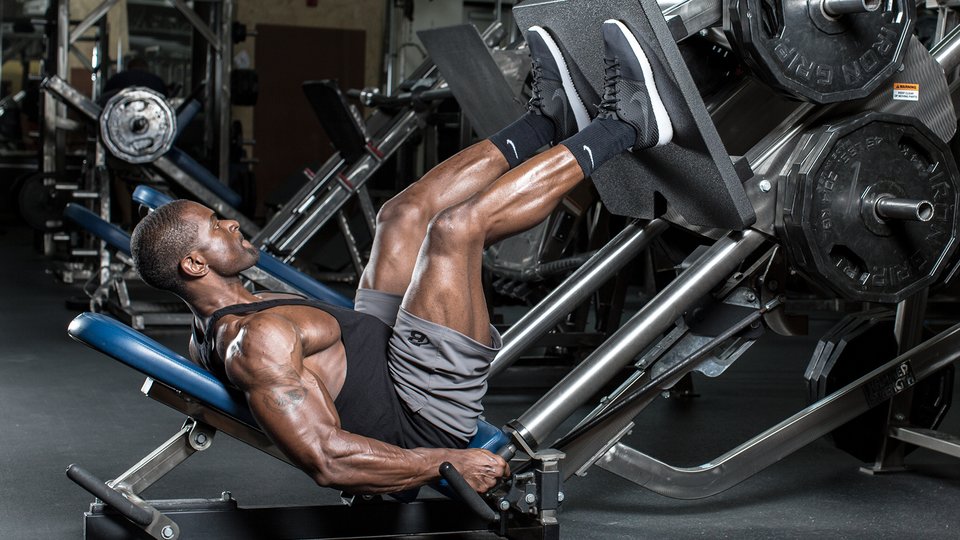Building lower body strength is essential for overall fitness and functional movement. Whether you’re aiming to improve athletic performance, enhance muscle tone, or simply strengthen your legs for daily activities, incorporating effective leg day workouts into your fitness routine is key. This article explores a variety of exercises tailored to target the major muscle groups of the lower body, providing options for both home and gym settings to accommodate different preferences and accessibility.
Understanding the Importance of Leg Day
Leg day is a staple in strength training routines for several reasons. The muscles of the lower body, including the quadriceps, hamstrings, glutes, and calves, are some of the largest and strongest in the body. Strengthening these muscles not only enhances athletic performance but also supports everyday movements such as walking, climbing stairs, and lifting objects. Additionally, lower body strength contributes to overall stability and balance, reducing the risk of injuries.
Compound vs. Isolation Exercises
Leg day typically includes a mix of compound and isolation exercises. Compound exercises engage multiple muscle groups simultaneously, making them efficient for building overall strength and coordination. Isolation exercises, on the other hand, target specific muscles in more focused movements, which can help in addressing muscle imbalances and achieving greater muscle definition.
Key Exercises for Lower Body Strength
- Squats: Squats are fundamental for developing strength in the quadriceps, hamstrings, and glutes. Variations such as back squats, front squats, and goblet squats allow you to adjust the focus and intensity based on your fitness level and goals. Focus on maintaining proper form, keeping your chest up, and lowering yourself as if sitting back into a chair to engage the muscles effectively.
- Deadlifts: Deadlifts primarily target the hamstrings, glutes, and lower back muscles. They are excellent for building overall lower body strength and improving posterior chain stability. Perform deadlifts with a barbell, dumbbells, or kettlebells, ensuring your back remains straight and your core engaged throughout the movement.
- Lunges: Lunges are versatile exercises that target the quadriceps, hamstrings, and glutes while also improving balance and coordination. Forward lunges, reverse lunges, and walking lunges can be performed using body weight, dumbbells, or a barbell across your shoulders. Focus on stepping forward or backward with control and keeping your front knee aligned with your ankle.
- Leg Press: The leg press machine is effective for isolating and strengthening the quadriceps, hamstrings, and glutes. Adjust the seat and foot placement to target different areas of the legs. Push through your heels and avoid locking out your knees to maintain tension in the muscles throughout the exercise.
- Calf Raises: Calf raises target the calf muscles (gastrocnemius and soleus) and are essential for improving ankle stability and strength. Perform calf raises on a step or with a calf raise machine, lowering your heels below the level of the step or platform for a full range of motion.
- Step-Ups: Step-ups are functional exercises that mimic activities like climbing stairs and stepping onto elevated surfaces. They target the quadriceps, hamstrings, and glutes while improving balance and coordination. Use a sturdy bench or platform, stepping up with one foot at a time and controlling the movement throughout.
Incorporating Leg Day into Your Routine
To maximize the benefits of leg day workouts, consider integrating them into a balanced strength training program that targets all major muscle groups throughout the week. Allow adequate rest between leg workouts to promote muscle recovery and growth. Aim to progressively increase the weight or resistance used in your exercises as your strength improves, ensuring continued challenge and adaptation.
Tips for Effective Leg Day Workouts
- Warm-Up: Prior to your leg day workout, engage in a dynamic warm-up to increase blood flow to the muscles and prepare them for exercise. Include movements such as leg swings, hip circles, and bodyweight squats to loosen tight muscles and reduce the risk of injury.
- Form and Technique: Focus on maintaining proper form and technique throughout each exercise to maximize effectiveness and prevent injury. Start with lighter weights or body weight variations to master the movement before progressing to heavier loads.
- Range of Motion: Perform each exercise through a full range of motion to fully engage the muscles and improve flexibility. Avoid partial repetitions or using momentum to lift weights, as this reduces the effectiveness of the exercise and increases the risk of strain.
- Cool Down and Stretching: After completing your leg day workout, incorporate static stretches to help relax and lengthen the muscles. Focus on stretching the quadriceps, hamstrings, glutes, and calves to promote recovery and reduce muscle soreness.
- Hydration and Nutrition: Stay hydrated before, during, and after your workout to support muscle function and recovery. Consume a balanced meal or snack containing carbohydrates and protein within an hour of your workout to replenish energy stores and promote muscle repair.
Incorporating leg day workouts into your fitness routine is essential for developing lower body strength, improving athletic performance, and enhancing overall functional movement. By incorporating a variety of exercises that target the quadriceps, hamstrings, glutes, and calves, you can create a well-rounded leg day workout that accommodates your fitness goals and preferences. Remember to prioritize proper form, progressive overload, and adequate rest to achieve optimal results and maintain long-term lower body strength and stability.





